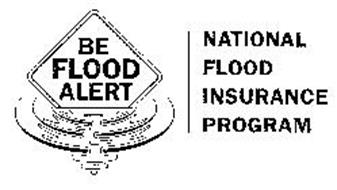

In fact, your building may have been constructed in a way that increases the cost of your annual premiums. There are ways to reduce your flood insurance premiums even if your home or building is in the floodplain. Floodsmart provides more information about flood insurance and policy coverage. Contents coverage may be purchased separately to cover the contents of an insured building. Structural coverage includes walls, floors, insulation, furnaces, and other items permanently attached to the structure, typically excluding basements. The National Flood Insurance Program insures homes and buildings with two types of coverage: structural and contents. If they do not sell flood insurance, you can call the national flood insurance program at 87 or FloodSmart to find an Oregon flood insurance agent in your area. FloodSmart provides samples of policy premiums and contacts for local insurance agents. Check with a local Salem insurance agent.

Rates can vary drastically, so it is best to contact a licensed insurance agent to determine the premium for your specific property. Flood Insurance Rates and Coverageįlood insurance rates are calculated on a variety of factors, such as flood frequency, multiple flood types-river overflow, storm surge, coastal erosion and heavy rainfall-and distance to a water source along with property characteristics such as elevation and the cost to rebuild. It is the lender's responsibility to check the Flood Insurance Rate Map to determine whether a structure is within the Special Flood Hazard Area. Note that if during the life of the loan the maps are revised and the property is now in the high-risk area, your lender will notify you that you must purchase flood insurance. It is recommended since historically about one-in-four flood claims come from these moderate- to low-risk areas. If the property is not in a high-risk area, but instead in a moderate- to low-risk area, federal law does not require flood insurance however, a lender can still require it. This requirement stipulates that the structural coverage purchased must be equal to the amount of the loan or other financial assistance, or for the maximum amount available, which is currently $250,000 for a single-family residence. Under federal law, the purchase of flood insurance is mandatory for all federal or federally related financial assistance for the acquisition and/or construction of buildings in high-risk flood areas (Special Flood Hazard Areas). The National Flood Insurance Program imposes a 30-day waiting period before coverage takes effect, so plan to purchase insurance before the onset of the rainy season. More than 25 percent of National Flood Insurance Program claims are filed by owners of properties located outside the Special Flood Hazard Area. To begin coverage, your insurance agent may ask for an elevation certificate, which compares a building's elevation to flood height levels in high-risk flood areas. However, Elevation certificates are no longer required to purchase flood insurance coverage under Risk Rating 2.0: Equity in Action. This insurance can be purchased through most insurance agents. However, because the City of Salem participates in the National Flood Insurance Program, federally-backed flood insurance is available for all structures, whether or not they are located within the floodplain.

Homeowner insurance policies do not cover damage from floods.


 0 kommentar(er)
0 kommentar(er)
